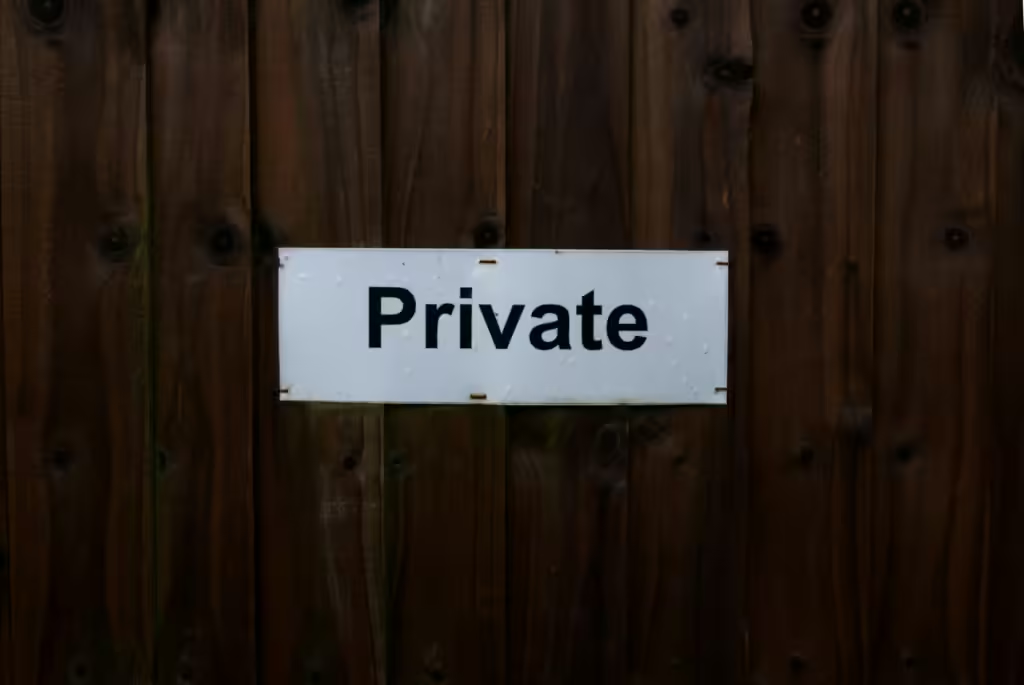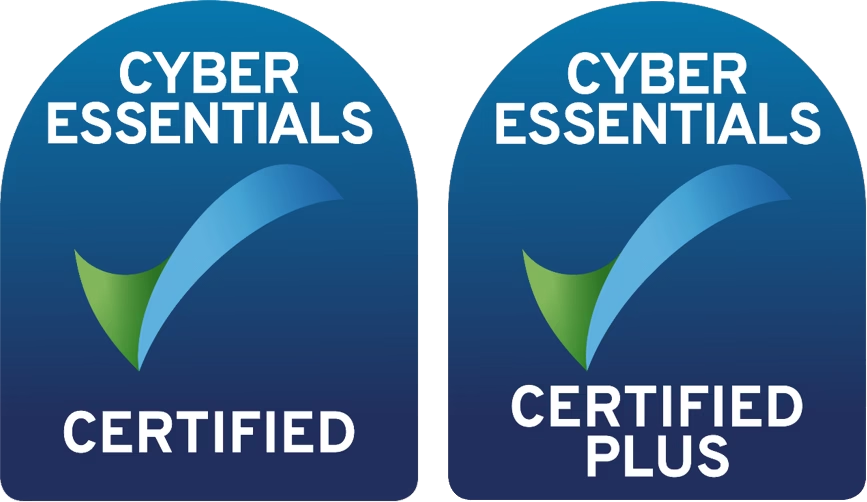How Can I Tell if Someone Else is Reading the Emails I send?
In today’s flexible working environment, we communicate through email and documents all the time, no matter where or when. But this freedom comes with some risk – there’s a chance your data could be tampered with or intercepted.
Whilst it’s challenging to definitively determine if someone else is reading your sent emails, there are several telltale signs and precautions you can take.

Identifying Signs of Unauthorized Access to Your Sent Emails
Start by monitoring your email account for unusual activity: such as unfamiliar login locations or devices. Most email services, like Gmail and Outlook, offer security features that allow you to review recent account activity and sign-in attempts.
Look for any unexpected read receipts : or changes in your sent messages folder, which could indicate unauthorized access.
Unfamiliar Sent Emails: Check your sent folder for emails you don’t remember sending. Unauthorized users might use your account to send spam or phishing emails.
Unexpected Password Reset Emails: Receiving password reset emails that you didn’t request can indicate someone is trying to gain access to your accounts.
Complaints from Contacts: If your contacts report receiving strange or spammy emails from you, it could be a sign that your email account has been compromised.
Changes in Account Settings: Unauthorized users might change your email settings, such as forwarding rules, signatures, or display names.
Missing Emails: If you notice emails disappearing from your inbox or sent folder, it could be a sign that someone is trying to cover their tracks.
Security Alerts: Pay attention to security alerts from your email provider about suspicious activity or login attempts

3 Ways You’ll Know if Your Emails Risk Exposure
The emails are stored on an unencypted server
There are three clear indicators that your emails may be at risk of exposure, and one crucial factor is the storage of your messages on an unencrypted server.
This practice leaves your sensitive information vulnerable to interception and unauthorised access. Unencrypted servers are akin to leaving your front door wide open, inviting potential cybercriminals to rummage through your personal correspondence.
Without proper encryption, your emails can be easily intercepted during transmission or accessed by malicious actors who gain entry to the server. This lack of security not only compromises your privacy but also puts your personal and professional relationships at risk.
Storing emails on an unencrypted server is tantamount to negligence. It’s essential to recognise that the responsibility for safeguarding your digital communications lies not only with your email service provider but also with you.
How To Determine if your Emails in Outlook are Stored on an Unencrypted Server
You can follow these steps:
- Check Account Settings:
- Open Outlook and go to File > Account Settings > Account Settings.
- Select your email account and click Change.
- In the Server Settings section, check if the Incoming Mail Server (IMAP/POP) and Outgoing Mail Server (SMTP) settings indicate the use of encryption (e.g., SSL/TLS).
- Look for Encryption Indicators:
- When setting up your email account, Outlook will often indicate if an encrypted connection is available. If you see a message like “An encrypted connection to your mail server is not available,” it might mean that your server does not support encryption.
To Check in Gmail
To Check if Your Emails in Gmail are Stored on an Unencrypted Server
You can follow these steps:
- Check Email Security Indicators:
- Open Gmail on your computer.
- Open an email.
- Look for a red open lock icon next to the sender’s name. This icon indicates that the email was received through an unencrypted connection
- View Email Details:
- Click on the three dots (More) in the top-right corner of the email.
- Select Show original.
- In the original message, look for lines indicating the use of TLS (Transport Layer Security). If you see “Received: from” lines without “with TLS” or “with SSL,” it means the email was transmitted without encryption
By understanding and addressing this vulnerability, you can take proactive steps to protect your valuable information and maintain the confidentiality of your email exchanges.
Your Email Platform Interface Displays a Red Padlock
A red padlock displayed on your email platform interface is a glaring warning sign. This visual cue is designed to alert you that your connection is not secure, significantly increasing the chances of your emails being intercepted or read by unintended recipients.
Your Email Service Tells you The Sender is Not Verified.
Lastly, when your email service notifies you that a sender is ‘Not Verified’, it’s a clear indication that the authenticity of the sender cannot be confirmed. This uncertainty opens up the possibility of phishing attempts or other fraudulent activities that could compromise your email security.
By being vigilant about these three critical indicators, you can take proactive steps to safeguard your email communications and ensure that your private correspondence remains confidential.
How Email Certificates Can Help Prevent Unauthorised Access
Secure Email Certificates are a powerful tool in safeguarding your digital communications. By implementing these certificates, you’re not only protecting yourself but also your contacts against the ever-present threats of phishing, hackers, and data breaches.
These certificates work by encrypting your emails, ensuring that only the intended recipient can access the contents. This encryption acts as a robust barrier, making it virtually impossible for unauthorised parties to intercept or tamper with your messages. Moreover, email certificates provide a digital signature, allowing your contacts to verify that the email genuinely came from you, effectively thwarting impersonation attempts.
In the UK, where cyber threats are becoming increasingly sophisticated, email certificates offer a crucial layer of security. They’re particularly vital for businesses handling sensitive information or individuals concerned about their privacy.
By adopting this technology, you’re taking a proactive stance in securing your digital correspondence, demonstrating your commitment to data protection and fostering trust with your contacts.
Don’t leave your email security to chance. Embrace email certificates and enjoy peace of mind, knowing that your communications are shielded from prying eyes and malicious actors.
If you’re at all concerned about your email security, get in touch with one of our team at Speedster IT. We can help secure your business emails.

With over 15 years at Speedster IT, I’ve built a career around helping businesses navigate the evolving world of technology. I publish all the content for the IT Support London Blog and Cyber Security Blog, where I share practical insights on infrastructure upgrades, cybersecurity trends, and smart IT strategies for growing companies.
